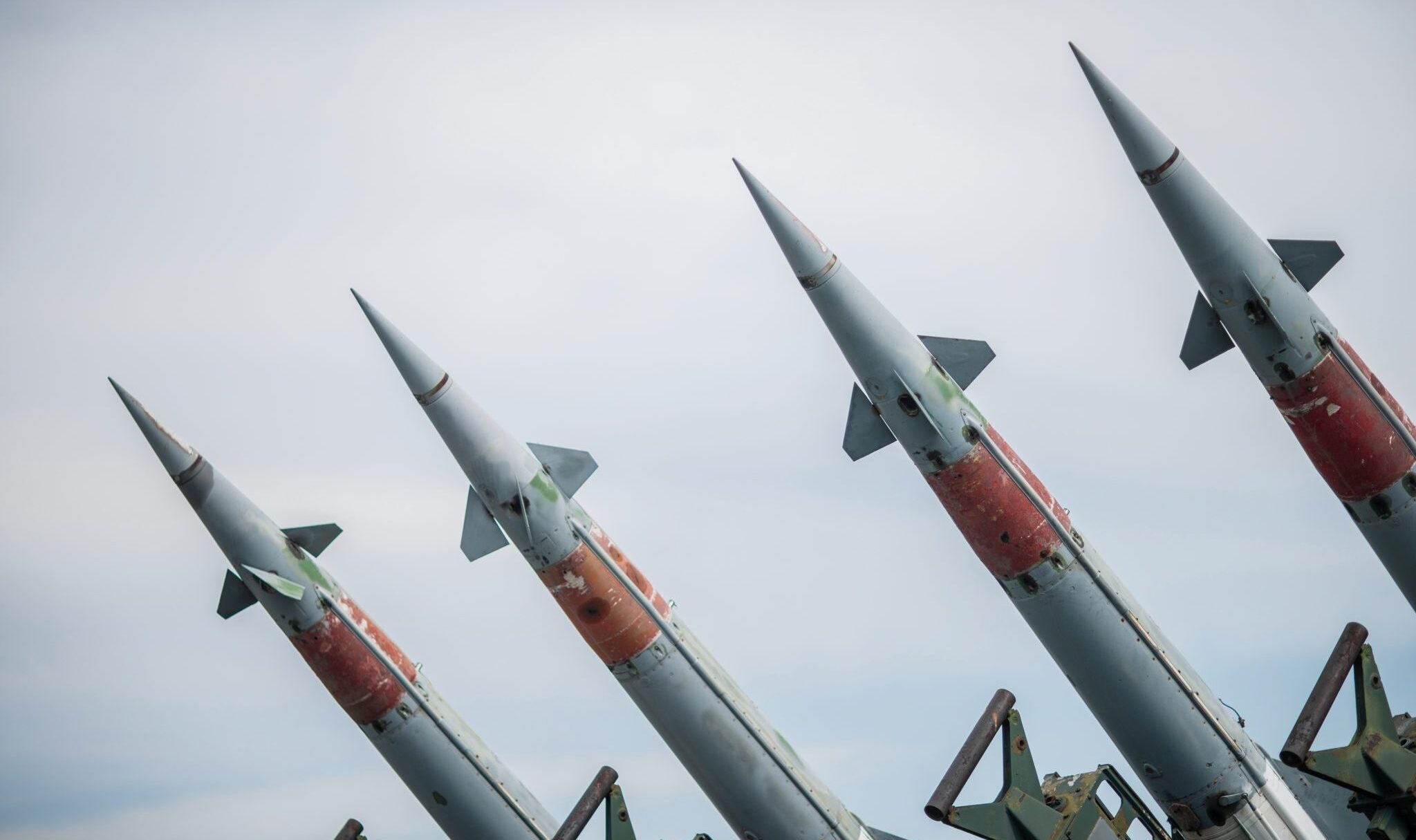Time to Adopt a ‘No First Use’ Nuclear Policy
The prevailing nuclear orthodoxy at Washington is dangerous and destabilizing.
The post Time to Adopt a ‘No First Use’ Nuclear Policy appeared first on The American Conservative.
Time to Adopt a ‘No First Use’ Nuclear Policy
The prevailing nuclear orthodoxy at Washington is dangerous and destabilizing.

Days prior to the Japanese attack on Pearl Harbor, US Secretary of War Henry Stimson recorded in his diary a recollection of a meeting in the Oval Office during which President Franklin Roosevelt speculated that the Japanese were likely to attack soon, and “the question was how we should maneuver them into the position of firing the first shot without allowing too much danger to ourselves.” It was, wrote Stimson, “a difficult proposition.”
The attack came on December 7, 1941 and set in train a series of events that would culminate 79 years ago this week, with the decision by President Harry Truman, acting against the advice of his top military advisers, to decimate the cities of Hiroshima and Nagasaki with atomic bombs.
According to contemporaneous reports, Truman was “jubilant” after destroying Hiroshima, boasting, “We have spent two billion dollars on the greatest scientific gamble in history—and won.”
“The Japanese began the war from the air at Pearl Harbor,” said Truman. “They have been repaid many fold.”
During the 40-year Cold War with the Soviet Union that followed, U.S. policy was generally to steer clear of nuclear confrontations—and was it not uncommon for members of the Washington establishment to publicly express their misgivings over U.S. nuclear policy.
Though largely forgotten today, as the U.S. entered the final decade of the first Cold War, McGeorge Bundy, the former national security adviser to Presidents Kennedy and Johnson, formed (perhaps as an act of penance) a “Gang of Four” with the former Defense Secretary Robert McNamara, the scholar-diplomat George F. Kennan, and the arms-control negotiator Gerard C. Smith to push for a change in America’s nuclear policy.
In 1982, the Gang of Four published an article in the establishment organ Foreign Affairs calling on the U.S. to scrap plans to deploy nuclear weapons in the event of a Soviet invasion of Europe.
“It is time to recognize that no one has ever succeeded in advancing any persuasive reason to believe that any use of nuclear weapons, even on the smallest scale, could reliably be expected to remain limited,” wrote the authors.
“There is no way for anyone to have any confidence that such a nuclear action will not lead to further and more devastating exchanges,” they continued. As such, the authors called for the adoption of a no-first-use policy that would, in their view, “bring new hope to everyone in every country whose life is shadowed by the hideous possibility of a third great twentieth-century conflict in Europe-conventional or nuclear.”
American national security elites have traveled a long way in the wrong direction in this (and many other) matters since the fall of the Berlin Wall in November 1989. Indeed, political support for sane and ethical nuclear policies such as those advocated by the Gang of Four is virtually non-existent within the American political establishment in today’s Washington.
Instead, the nuclear policies pursued in conjunction with U.S. allies and non-allied “friends” such as Israel (with its undeclared stockpile of around 90 nuclear warheads) have made the world far less safe than it need be.
And worryingly, solutions that once found support in establishment figures like Kennan are today often dismissed as the height of naïveté among Washington’s nuclear clerisy. Yet, as nuclear watchdog groups such as the Arms Control Association have argued, a no-first-use policy would clearly serve the national interest; after all, “a clear US no-first-use policy would reduce the risk of Russian or Chinese nuclear miscalculation during a crisis by alleviating concerns about a devastating US nuclear first-strike.”
While a no-first-use policy is—let’s be honest—nowhere on the horizon, there are other steps that a future Harris or Trump administration might take to lessen the already unacceptably high risks of nuclear catastrophe. One such move, suggested by prize-winning investigative journalist and author of the bestselling book Nuclear War: A Scenario, Anne Jacobsen, would be for the U.S. president to issue an executive order to rescind the current “launch on warning” policy which currently keeps American intercontinental ballistic missiles (ICBMs) on hair-trigger alert at all times. As Princeton University professor Frank von Hippel has written,
Launch on warning is controversial for two reasons: First, history has shown that false warnings do occur due to equipment failure and human error, and today there is the additional danger of hackers. Second, a launch-on-warning posture is indistinguishable from being constantly poised to mount a first strike, which pressures Russia and China to put their missiles on hair trigger as well. The United States would be on the receiving end for any mistaken launch one of them makes.
A no-first-use policy would, perhaps, transform U.S. foreign policy in the eyes of the world—a defensive nuclear policy, one that would be in keeping with St. Augustine’s theory of just war (jus ad bellum) is one that is also morally defensible. It would also be in line with the pledge made in Geneva in 1985 by President Ronald Reagan and Soviet Premier Mikhail Gorbachev, that “a nuclear war cannot be won and must never be fought.”
The post Time to Adopt a ‘No First Use’ Nuclear Policy appeared first on The American Conservative.
